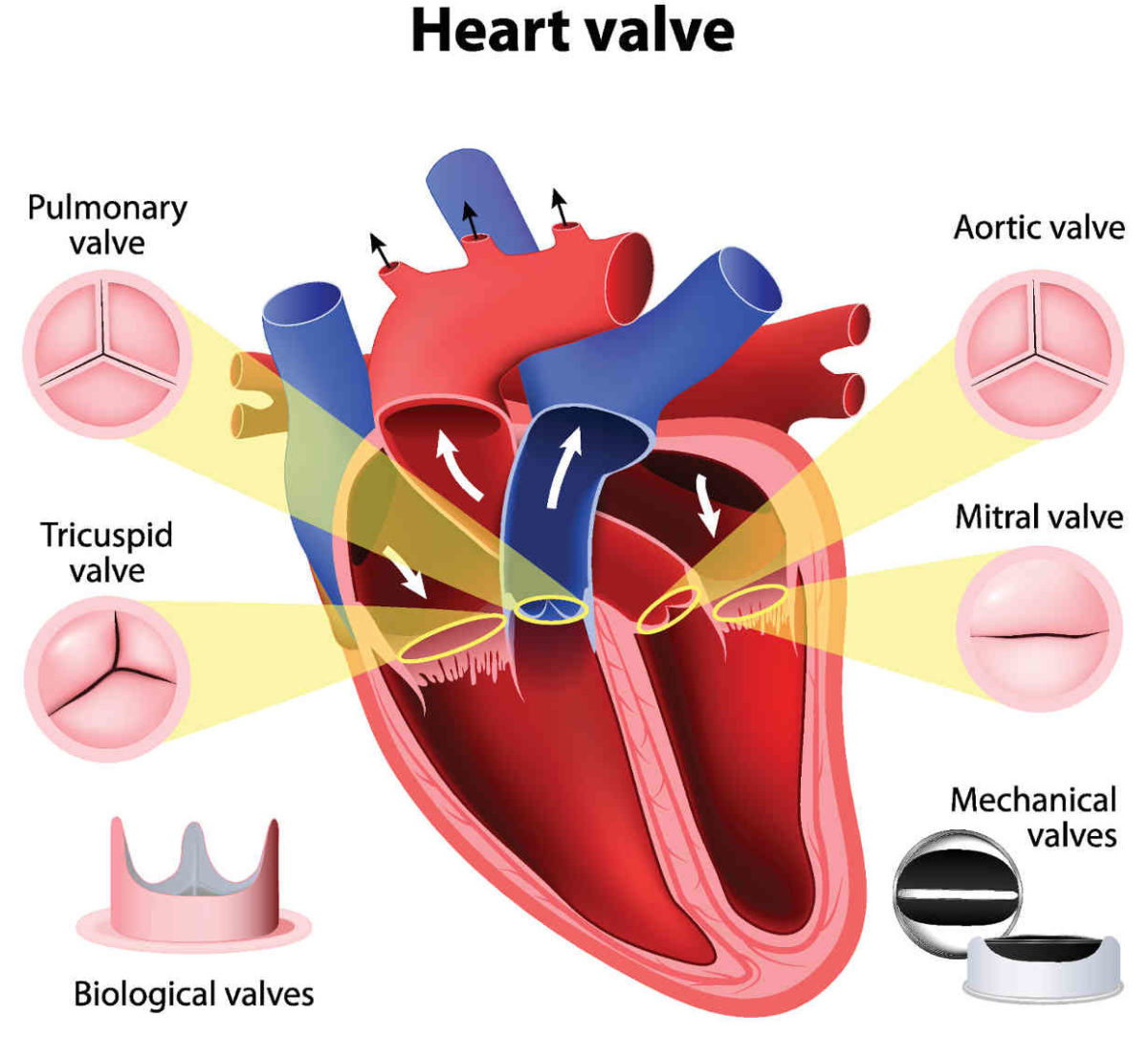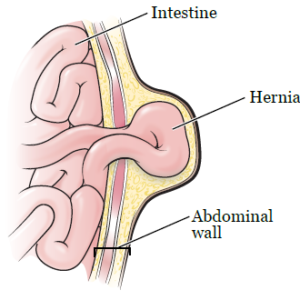Description
The Bentall procedure is a type of open-heart surgery used to replace the aortic valve, aortic root, and ascending aorta. It is often performed to treat conditions such as aortic aneurysms or severe aortic valve disease.
Familiarity with Treatment
The Bentall procedure is named after Hugh Bentall, who first performed and described it in 1968. It is a complex surgery that involves replacing the damaged sections of the aorta and the aortic valve with a composite graft, which includes a prosthetic valve and a synthetic tube.
Procedure
- Preparation: The patient is placed under general anesthesia.
- Incision: A median sternotomy (incision through the sternum) is made to access the heart.
- Cardiopulmonary Bypass: The heart is connected to a heart-lung machine to maintain circulation and oxygenation.
- Aortic Valve and Root Replacement: The damaged aortic valve and root are removed. A composite graft, which includes a prosthetic valve and a synthetic tube, is sewn into place.
- Coronary Artery Reimplantation: The coronary arteries are reattached to the new graft.
- Closure: The heart is restarted, and the sternum is closed with sutures or wires.
Who is it Suitable For?
- Patients with aortic root aneurysms.
- Individuals with severe aortic valve disease (e.g., aortic stenosis or regurgitation).
- Patients with Marfan syndrome or other connective tissue disorders affecting the aorta.
Who is it Not Suitable For?
- Patients with severe comorbid conditions that make surgery too risky.
- Individuals who are not medically stable enough for major heart surgery.
Advantages
- Addresses both aortic root and valve issues in a single surgery.
- Can prevent life-threatening complications such as aortic dissection or rupture.
- Improves symptoms and quality of life for patients with severe aortic disease.
Complications
- Bleeding and infection.
- Stroke or heart attack.
- Prosthetic valve complications (e.g., thrombosis, infection).
- Arrhythmias (irregular heartbeats).
- Kidney failure or prolonged need for mechanical ventilation.
Previous Care
- Thorough preoperative evaluation, including imaging studies (e.g., echocardiogram, CT scan).
- Optimization of medical conditions (e.g., controlling blood pressure, managing diabetes).
Aftercare
- Monitoring in the intensive care unit (ICU) immediately after surgery.
- Gradual mobilization and physical therapy.
- Long-term follow-up with a cardiologist.
- Anticoagulation therapy if a mechanical valve is used.
The Bentall procedure is a critical intervention for patients with complex aortic and valve diseases, offering significant improvements in heart function and overall health123.















Reviews
There are no reviews yet.